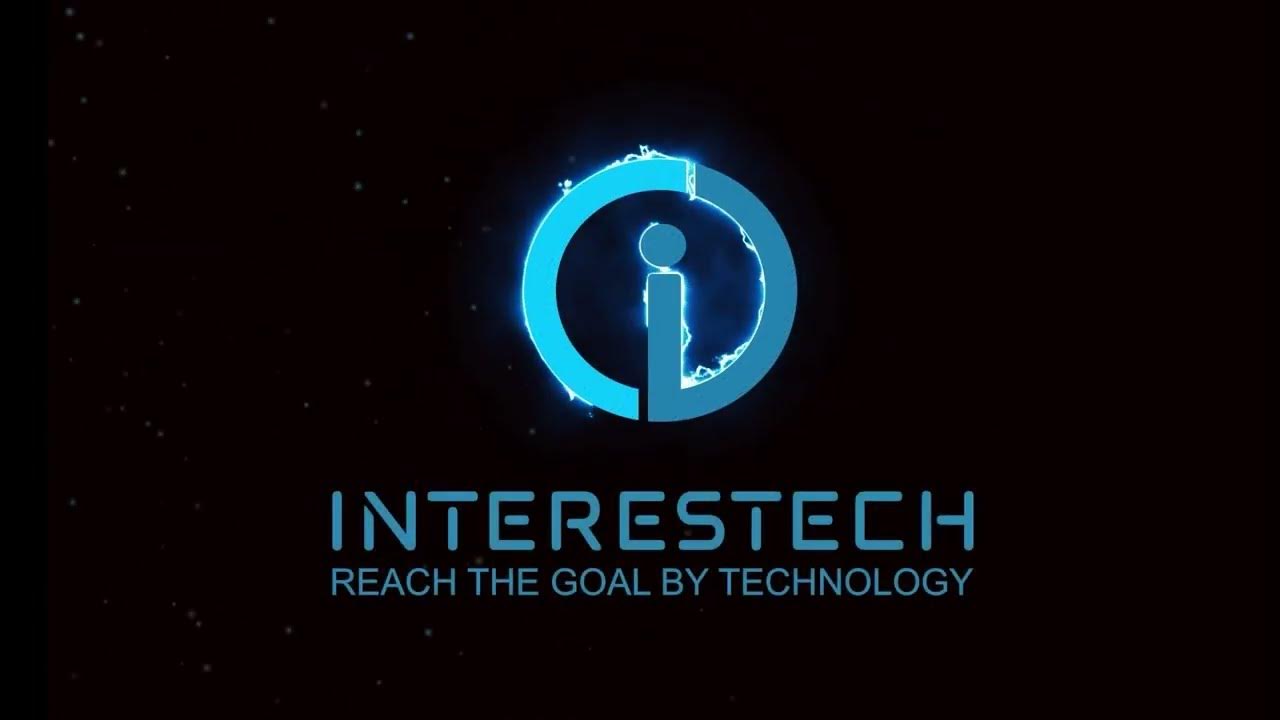Memahami Sistem IoT: 4 Komponen Dasar dan Cara Kerjanya
Summary
TLDRIn this video, Imam Suharjo introduces the key components of the Internet of Things (IoT). He explains IoT as a system where physical devices, embedded with sensors and connectivity, communicate and perform actions based on data collected. The main components discussed include sensors, connectivity (Wi-Fi, Bluetooth, cellular, etc.), data processing, and user interfaces. The video also covers practical applications of IoT, such as smart homes and monitoring systems, and emphasizes the importance of selecting appropriate sensors, microcontrollers, and communication methods based on specific needs. Viewers are encouraged to explore and implement IoT concepts through real-world examples.
Takeaways
- 😀 IoT (Internet of Things) involves physical objects or 'things' embedded with electronics, sensors, and connectivity for data collection and communication.
- 😀 IoT systems can have diverse purposes, from data collection to communication and triggering actions for humans or other systems.
- 😀 Key components of an IoT system include sensors, connectivity, data processing, and user interfaces.
- 😀 Sensors are devices that capture real-world data such as temperature, motion, humidity, or gas levels, and can be passive or require electrical power.
- 😀 Connectivity in IoT refers to the networks that link devices together, like Wi-Fi, Bluetooth, cellular networks, or low-power wide-area networks (LPWAN) such as LoRa.
- 😀 Data processing in IoT is essential to analyze and interpret the data from sensors and take actions, like adjusting temperature or triggering alarms.
- 😀 User interfaces enable control and monitoring of IoT systems through mobile apps, web applications, or notifications, allowing remote management.
- 😀 IoT applications in smart homes include controlling devices like air conditioners, lights, and room temperature via a mobile app.
- 😀 The choice of connectivity for an IoT system depends on factors like range, power consumption, and data bandwidth, with options like Wi-Fi, Bluetooth, and LPWAN.
- 😀 In remote or harsh environments, additional components like batteries, rugged enclosures, and local displays may be necessary for IoT devices to function effectively.
- 😀 Real-world IoT applications like disaster monitoring (e.g., landslides or fires) require specialized sensors, controllers, and communication systems to function in challenging conditions.
Q & A
What is the core definition of IoT as described in the script?
-IoT (Internet of Things) refers to physical objects or devices that are embedded with sensors, electronics, and connectivity, allowing them to connect to the internet and interact with other systems or devices.
What are the main components of an IoT system?
-The main components of an IoT system include sensors (for data collection), connectivity (for communication), data processing (for handling and analyzing data), and user interfaces (for interaction and control).
How do sensors function in an IoT system?
-Sensors in an IoT system capture data such as temperature, humidity, motion, or other environmental factors. They can be passive or active, requiring an energy supply to function, like in the case of gas sensors.
What types of networks and connectivity options are used in IoT systems?
-IoT systems utilize various connectivity options such as Wi-Fi, Bluetooth, cellular networks, LPWAN (Low Power Wide Area Network), and satellite. The choice of network depends on factors like power consumption, range, and bandwidth requirements.
What is the role of data processing in an IoT system?
-Data processing in IoT systems involves collecting data from sensors, analyzing it, and using it to make decisions or trigger actions, such as identifying motion or adjusting temperature settings based on sensor readings.
Can you explain the different types of IoT communication mentioned in the script?
-IoT communication can occur in several forms: machine-to-machine (M2M), human-to-machine (H2M), and business-to-business (B2B). These communication types enable devices to interact with each other, humans to control systems, or even businesses to exchange data.
How is the user interface used in an IoT system?
-The user interface in an IoT system allows users to interact with and control devices through mobile apps, web platforms, or notifications. It provides a graphical interface for monitoring or adjusting the settings of IoT devices.
What is an example of a practical IoT application provided in the script?
-An example of a practical IoT application mentioned in the script is a smart home system, where users can control devices like air conditioners and monitor environmental data such as temperature and humidity through a mobile app.
How does IoT handle challenges related to power sources in remote locations?
-In remote locations, IoT devices may require battery power or solar energy to operate. The script highlights the need for power management solutions when IoT systems are placed in areas with limited or no access to a direct electricity supply.
What kind of considerations are needed when designing an IoT system for an application like fire monitoring?
-For fire monitoring systems, considerations include selecting appropriate sensors (e.g., smoke or humidity sensors), choosing a microcontroller or controller system, and ensuring the system can handle emergency actions, such as triggering alarms or activating sprinklers.
Outlines

Этот раздел доступен только подписчикам платных тарифов. Пожалуйста, перейдите на платный тариф для доступа.
Перейти на платный тарифMindmap

Этот раздел доступен только подписчикам платных тарифов. Пожалуйста, перейдите на платный тариф для доступа.
Перейти на платный тарифKeywords

Этот раздел доступен только подписчикам платных тарифов. Пожалуйста, перейдите на платный тариф для доступа.
Перейти на платный тарифHighlights

Этот раздел доступен только подписчикам платных тарифов. Пожалуйста, перейдите на платный тариф для доступа.
Перейти на платный тарифTranscripts

Этот раздел доступен только подписчикам платных тарифов. Пожалуйста, перейдите на платный тариф для доступа.
Перейти на платный тарифПосмотреть больше похожих видео

Pengenalan Internet of Things IoT

Internet Of Things (IoT) | Materi Informatika Fase D | Praktik Lintas Bidang | Kurikulum Merdeka

#2 Komponen dan Alat Pendukung IoT 1 (Komponen Dasar Elektronika, Sensor dan Aktuator)

Conceitos de IOT e automação residencial | SENAI Play

Mengenal IoT ( Internet Of Things )

07. Cara Kerja IoT
5.0 / 5 (0 votes)
